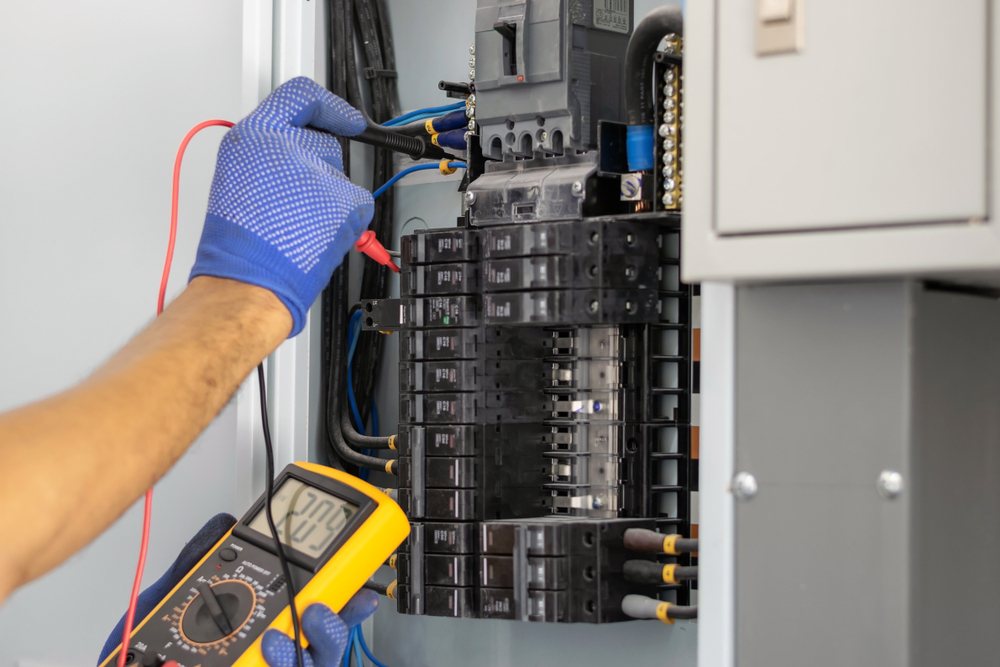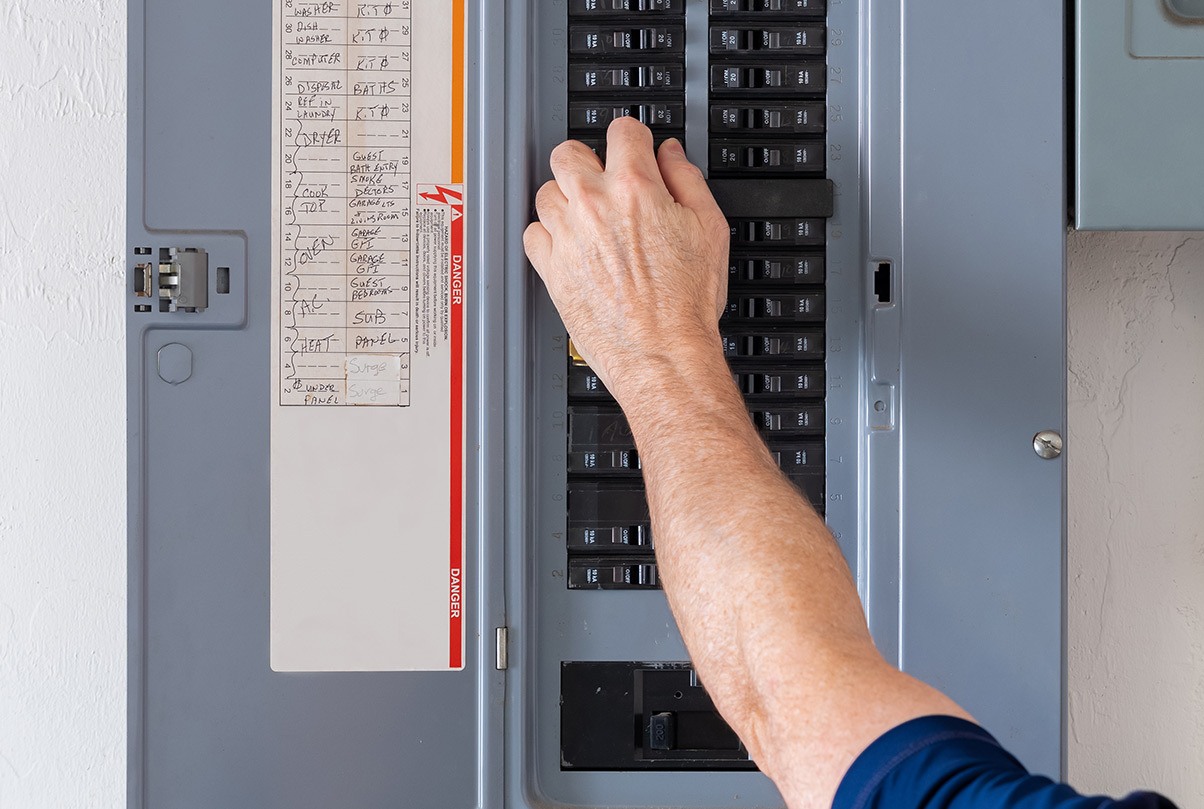How to tell if a circuit breaker is bad (All you need to Know)

How to tell if a circuit breaker is bad (All you need to Know): Few things are as important to house maintenance as making sure your electrical system is safe and operating properly. In this sense, circuit breakers are essential because they protect your house against electrical overloads and short circuits.
Read Also: How To Do Basic Home Repairs
Read Also: How To Do Basic Plumbing Repairs
But What are the signs?
1. Regular Tripping:
When a circuit breaker senses an overload or short circuit, its main job is to trip and cut off electricity. But if you see tripping happening frequently and randomly, it can be a sign of a broken breaker.
Read Also: How To Trick A Mass Air Flow Sensor(2023Tips)
2. Burning Odor:
Isolated burning odors close to the electrical panel should be taken seriously. It implies that internal damage or high current flow may be the cause of the circuit breaker’s overheating.
Read Also: How To Do Basic Home Electrical Repairs

3. Tripped Breaker Won’t Reset:
If you try to reset a tripped breaker and it trips again right away or won’t stay in the “on” position, it’s probably broken.
4. Physical Damage:
Look for any obvious indications of damage, such as discoloration, cracks, or burn marks, on the circuit breaker. These anatomical anomalies frequently point to interior problems.
Read Also: How to bleed off an overcharged AC (The Ultimate Guide)
Conducting a Circuit Breaker Test:
1. Visual Inspection
Examine the circuit breaker visually first for any indications of damage or strange activity, such as excessive heat or sparking.
2. Load Testing:
Check the voltage and continuity across the circuit breaker’s terminals using a multimeter. Throughout the test, make sure the breaker is in the “on” position.
Read Also: How to Resurface a pool (Step-by Step Guide)

3. Reset Test:
Try to reset the breaker if you think it may have tripped. It suggests an issue if it trips again right away or doesn’t stay reset.
4. Professional Inspection:
Whenever in doubt, consult a licensed electrician for advice. To accurately diagnose the problem, they can conduct a complete check utilizing specialized tools and techniques.
Read Also: How To Do A Basic Car Maintenance Check
Conclusion
It is crucial to know how to identify a malfunctioning circuit breaker in order to keep your electrical system operating safely and effectively. Recognizing typical malfunction indicators and using appropriate testing techniques will help you protect your property from electrical hazards, address problems quickly, and guarantee a continuous supply of electricity. Always seek professional advice from a competent electrician whenever in doubt.
FAQs & Answers
1. A circuit breaker that malfunctions but doesn’t trip can it?
It is possible for a circuit breaker to malfunction without tripping due to internal difficulties or damage, which presents a hidden threat.
2. How often should my circuit breakers be replaced?
Although there isn’t a set period of time, you should think about changing circuit breakers every 20 to 30 years or if you see any signs of wear and tear.
3. Is it possible to fix a malfunctioning circuit breaker on your own?
It’s not advised. It might be dangerous to handle electrical components without the right training and safety measures. Seek competent advice at all times.
4. Is the operation of circuit breakers impacted by the weather?
Because they increase the stress on electrical systems, extreme weather events like heat waves or thunderstorms can have an indirect effect on circuit breakers.




